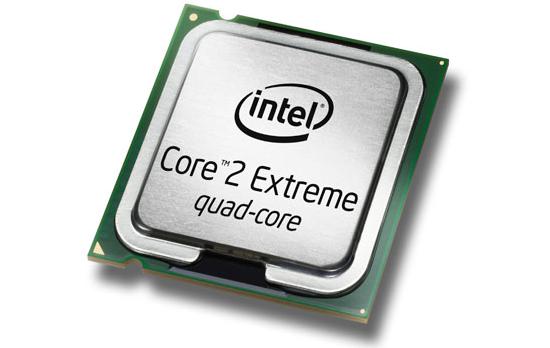Overclocking Intel's New 45nm QX9650: The Rules Have Changed
by Kris Boughton on December 19, 2007 2:00 AM EST- Posted in
- CPUs
Final Thoughts
Although we cannot possibly go over everything there is to know about overclocking, we have definitely covered a lot of ground in a relatively short amount of time. We've looked at the QX9650's real power consumption figures, noting that the values published by Intel and AMD are not meant to exactly represent typical high-load scenarios. Studying just how the processor responds to more voltage shows us why we seem to reach a rather abrupt stop on the way up when overclocking.
We've also learned how rather than pushing a CPU to the ragged edge, sometimes it is better to find that point where performance and efficiency can co-exist in a delicate balance. A good overclock is not always about maximum speed. Instead, we would like to advocate what we call the "intelligent overclock" - find that point where going higher just doesn't make any sense…then simply stop and tune from there. We have provided many of the tools for doing so in this article; now it's up to you to make it happen.

With respect to the throttling issues we discovered during testing, we will not rest in our search for answers. It is unfortunate that we were able to find concern so early in such an impressive product. To some degree, this one has us scratching our heads; if our suspicions are correct, we may be looking at some rather drastic shifts in the cooling industry. As soon as we know more, so will you. In the meantime, we have seen nothing that would discourage us from recommending the Core 2 Extreme QX9650 to anyone that wants to experience the most that overclocking has to offer.
Intel's QX9650 is just the beginning - breakthroughs happen every day and design improvements will occur. After experiencing just how good 45nm is already, we cannot help but to be excited about what lies in store for us next. Cheaper 45nm processors like the Q9450 are at the top of our list, naturally, but we also eagerly await AMD's response to Intel's latest challenge. Can AMD reach 45nm and gain some similarly startling improvements? We can only hope!










56 Comments
View All Comments
mczak - Wednesday, December 19, 2007 - link
Granted, that's undervolted, at stock voltage it would be more like 70W instead of 54W :-).I think the criticism of intel's TDP was justified in P4 days, which really did exceed their TDP under high load. Nowadays, the TDP (at least the numbers from intel) is pretty meaningless to the end-user, since cpus with very different actual power consumption have the same rating (QX6850 and QX9650 for example...), but at least all of their cpus actually stay below the TDP.
noobzter - Wednesday, December 19, 2007 - link
I've been waiting for articles like this that delve further into OC's intricacies. Thank you for taking the time to write such an impressive piece!ahackett - Wednesday, December 19, 2007 - link
For someone like me who's fairly new to OC-ing and has been struggling to find a technical and pragmatic introductory guide to the skill, this article is like gold-dust! I look forward to the New Year when I hope to finally remove my E6300 from its temporary ASRock housing and get some decent overclocking done :)Thanks!
BradCube - Wednesday, December 19, 2007 - link
Agreed - Fantastic article. Thanks Kris :)SoBizarre - Wednesday, December 19, 2007 - link
Yeah, the rest of Anand's staff should start thinking about securing their future. Spreading some false rumors about him visiting "Tom's Hardware" office would be a good start. Add to this a couple of sexual harassment accusations and you have a winning combination that would quickly finish his career.Guys, let me spell it for you. If you don’t take action soon, you all will be F-I-R-E-D.
Vortac - Wednesday, November 20, 2013 - link
I still come back to read this article, from time to time. One of the best, really.